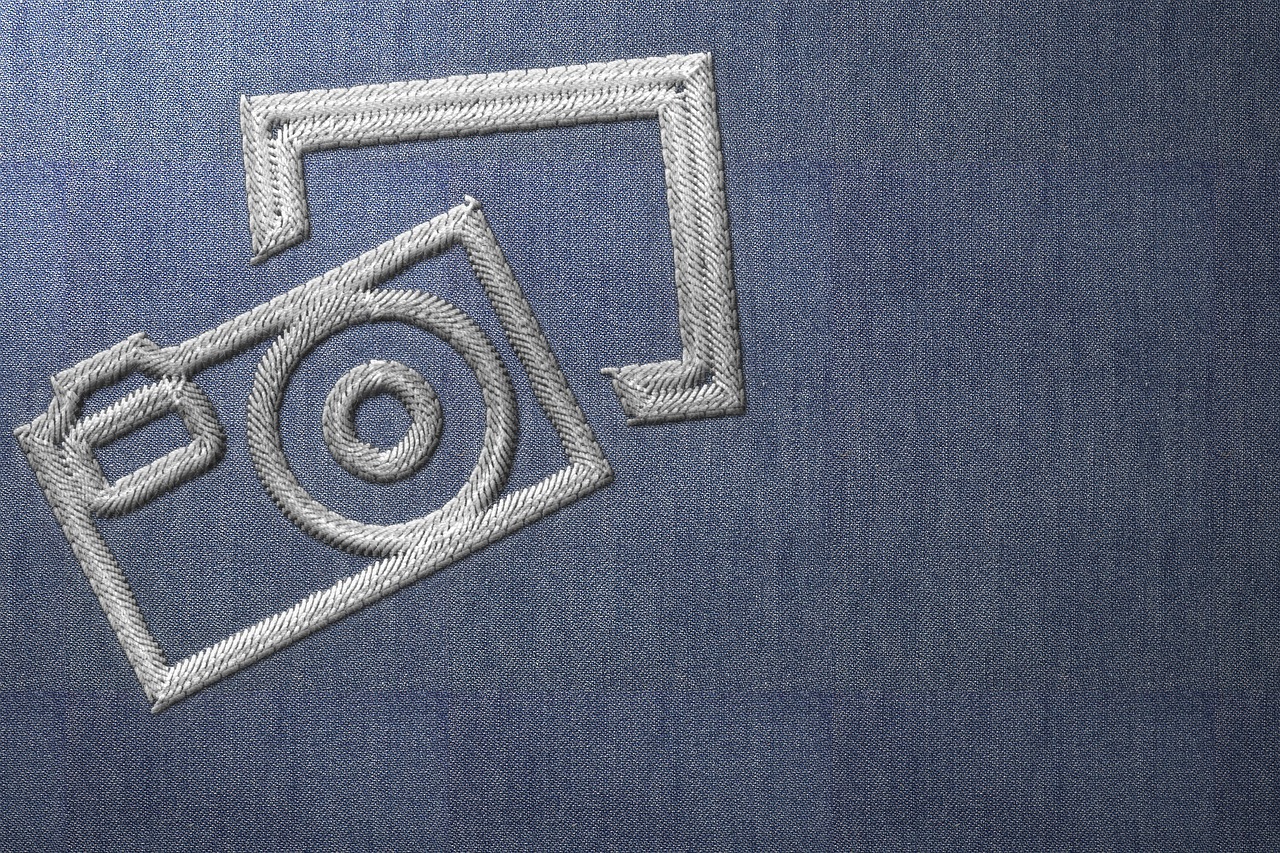Case Number
Civil Appeal no. 2030/1968
Equivalent Citation
1978 AIR 1613, 1979 SCR (1) 218
Petitioner
R. G. Anand
Respondent
Delux Films & ors.
Bench
Justice Syed Murtaza Fazalali, Justice Jaswant Singh, Justice R. S. Pathak
Decided on
August 18, 1978
Relevant Act/Section
Section 2 of the Copyright Act, 1957.
Brief Facts and Procedural History
The appellant-plaintiff is a theater play producer, playwright, and dramatist. A number of plays were written and staged by the appellant. On the other hand, the play ‘Hum Hindustani’ is what the appeal is about. He wrote this play in 1953, and it was performed for the first time in 1954. Since then, the piece has gained popularity. The second defendant, Mr. Mohan Sehgal, wrote the appellant a letter in November 1954 asking for a copy of the play, so that he could decide whether or not to make a movie about it. The appellant and defendant No. 2 afterward got together in Delhi. The second defendant announced the making of the motion picture ‘New Delhi’ in May 1955. Delhi saw the film’s release in September 1956. The movie was seen by the appellant.
In his lawsuit, the appellant claimed that the play “Hum Hindustani” served as the only inspiration for the movie “New Delhi,” that he had told defendant No. 2 about the play and had dishonestly mimicked it in his movie, violating the plaintiff’s copyright as a result. As a result, the appellant filed a lawsuit seeking compensation for damages, an accounting of the defendant’s profits, and a permanent order barring the defendants from showing the movie. The defendants denied liability in the lawsuit. The defendants argued that defendant No. 2, a film director, producer, and director of Delux Films, met the appellant at the invitation of a mutual friend, Mr. Gargi, and saw the play’s script, concluding that the play was unsuitable to produce a feature-length, mass-market motion picture. The defendants argued that there could not be a copyright on the topic of provincialism that anyone might use or adopt in their own way. The defendants additionally argued that both in terms of content, spirit, and climax, the movie differed significantly from the play. The simple fact that there are some similarities between the movie and the play can be explained by the fact that both the play and the film share a common source: provincialism.
The appellant was found to be the owner of the copyright in “Hum Hindustani” by the trial court, which also determined that there had been no infringement of the appellant’s copyright. After that, the appellant appealed to the Delhi High Court. The Delhi High Court’s Division Bench upheld the decision rejecting the appellant’s lawsuit.
Issues before the Court
- Whether the film ‘New Delhi’ is an infringement of the copyright of the play name ‘Hum Hindustani’?
- Whether Respondents-Defendants have infringed the copyright of the Appellants-Plaintiffs by making the movie named ‘New Delhi’?
Decision of the Court
The Supreme Court of India’s decision in this case which dealt with copyright under intellectual property rights was significant. A copyright violation in the area of cinematography is the subject of the lawsuit. When an original creative work is used or duplicated without the creator’s consent, copyright is violated.
The plaintiff was unable to show that the defendant in any way imitated his play. A reasonable inference of colorable imitation can be made if there are significant and unavoidable similarities between the copied work and the original. The Court ruled that an infringement action may only be brought if an infringement may be identified by a regular person. Since no obvious comparison could be found in this instance, the film was not perceived as a copy of the original play. As a result, the Supreme Court dismissed the appeal since there was no copyright infringement.
The learned counsel representing the appellant claimed that the Trial Court had applied the relevant legislation in an improper manner. The court also disregarded the legal arguments made regarding the copyright violation by courts in India, England, and the USA. The experienced attorney further claimed that the movie and the appellant’s play are inextricably linked. The setting was the same as the play’s, and the plot was essentially the same. The Punjabi and Madrasi backgrounds of the families involved were similar, and the play’s leading heroine was fond of singing and dancing. Finally, the knowledgeable attorney argued that the respondent attempted to imitate the stage performance, violating the appellant’s copyright, and produced the movie without obtaining the appellant’s permission.
On the other hand, the learned counsel representing the respondent in court categorically refuted the appellant’s assertions. He claimed that the play and the movie were very different from one another. Both of them featured various occurrences, and their core differences were substantial. The experienced attorney added that the Trial Court’s assessment was accurate. Therefore, there was no question that the appellant’s copyright had been violated.
The court’s verdict, which was presided over by Justice Fazal Ali, found that despite the fact that both the play and the movie are founded on the idea of “Provincialism,” the two are very different. The movie also shows other facets of “Provincialism,” such as “Provincialism” when renting out outhouses, which are not included in the play’s portrayal of “Provincialism” during the marriage. The film also shows the negative aspects of dowries, something the play does not. Although there may be some similarities because the idea in both the play and the movie is the same, the Court rejected the Appellants’ claim because it is well-established law that an idea cannot be protected by copyright. The court cited N.T. Raghunathan Anr. v. All India Reporter Ltd., Bombay1. The court determined that a regular person would not view the play and the movie as being identical. The assertion that the copyright has been breached by the appellants cannot be upheld because the play and movie are so different from one another.
Ratio decidendi
According to the Court, there is no copyright for an idea or a storyline; rather, the manner, arrangement, or expression of such an idea can be protected. Some similarities are unavoidable if the source of the works is shared, but the court must determine whether or not those similarities are significant enough to amount to infringement. It is an infringement if a regular person describes the in question work as a copy or reproduction of the original work after viewing it. The concept need just be repeated, but it must be depicted in a unique way to qualify as fresh original work. If there are more differences than similarities, there was a bad purpose to duplicating.
Obiter Dicta
It becomes particularly challenging for the dramatist in circumstances when the plaintiff must demonstrate infringement of his copyright against a movie, according to Justice Fazal Ali. Because a movie is more able than a play to express broad concepts and ideas. However, it is considered infringement if, after watching both the play and the movie, it appears that the latter is a copy of the former. According to Justice Pathak, it is possible for someone who is using a copyrighted work to their advantage to cover broader topics and make minor adjustments here and there to the theme to demonstrate differences from the original work and elude detection of plagiarism. Additionally, Justice Pathak stated that he might have had a different opinion from the High Court if the facts of the current case had been reopened before this Court. However, as the District Judge and High Court, the Courts of Fact, have both dismissed the Appellant’s claim, this Court would not needlessly interfere with their choice.
The Supreme Court issued the following guidelines:
- No idea, subject, theme, story, or historical or fabled fact can be protected by copyright, and in such cases, copyright infringement is only allowed in the form, style, arrangement, and presentation of the idea used by the author of the copyrighted work.
- Whether the viewer, after reading or viewing both works, is certain and has the unmistakable impression that the later work appears to be a copy of the original.
- It must be established whether the similarities represent fundamental or important aspects of the expressive style of the copyrighted work. There is a need for substantial or significant copying.
- If the same idea is used but is expressed and portrayed differently, there is no copyright infringement.
- It is not regarded as a copyright violation when the published work contains significant variances or unintentional coincidences.
- Copyright infringement has been proven if the viewer comes to the conclusion following the incident that the movie is practically an exact clone of the original play.
- The burden of proof rests with the plaintiff when a film director violates a theatrical performance.
The Court decided in the Respondents’ favor on both issues and found no infringement as a result. The Supreme Court’s ruling in the relevant case is still used as a benchmark when copyright violations are involved. Even Section 13 of the Indian Copyright Act offers three categories under which copyright may exist, providing greater relief to the court system. It’s important to note that none of them refer to ‘ideas’ as a component of this specific intellectual property right.
References
- AIR 1971 Bom 48, 1982 (2) PTC 342 (Bom).
This article is written by Sanskar Garg, a last year student of School of Law, Devi Ahilya University, Indore.

